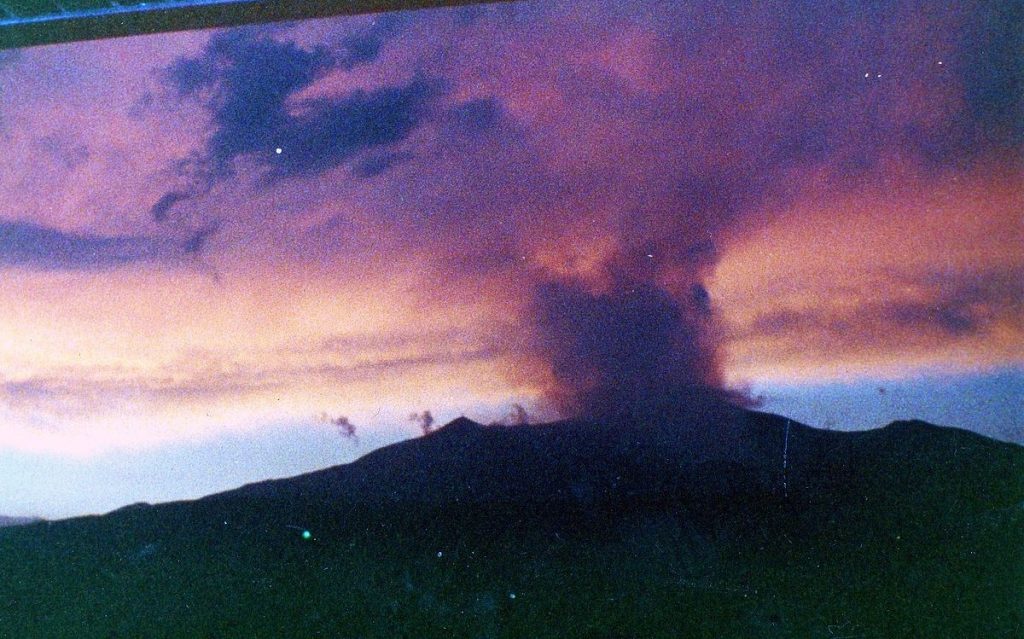
Mount Etna erupted on Monday, spewing a large column of ash, forcing the closure of airspace, while the area of the Sicilian volcano was shaken by a multitude of small earthquakes. The authorities decided to keep the airport closed because of the volcano’s heavy activity and the presence of volcanic ash in the atmosphere.
“The eruption occurred on the flank of Mount Etna, it’s the first eruption for more than 10 years, but it does not look dangerous,” said volcanologist Boris Behncke of the National Institute of Geophysics and Vulcanology (INGV) to AFP.
Due to lack of visibility, much of the airspace around the volcano has been closed. According to the INGV, more than 130 seismic shocks were recorded in the area Monday morning, the strongest reached a magnitude of 4.0 shortly after 13:00. The tremors were accompanied by an increase in activity of the volcano, which culminated with the projection of a huge volute of ash around 12:00.
In the afternoon, however, the earthquakes and the ash projection – probably accompanied by lava even if the lack of visibility prevented to confirm it immediately – decreased, said the expert.
Vista privilegiata dell’#Etna nella sua fase di eruzione ?@Alitalia? pic.twitter.com/tv96njMKZW
— giuseppe_aliano (@gulliver0081) 24 décembre 2018
UPDATE: the airport has reopened:
??Aggiornamento #Etna: alle ore 13 di oggi, 25 dicembre,l’aeroporto di Catania tornerà totalmente operativo, senza più limitazioni.Potranno esserci ritardi su voli in arrivo e in partenza ma il traffico si andrà normalizzando. Vi ringraziamo per la pazienza e la comprensione? pic.twitter.com/TCWpi0uSE9
— Aeroporto di Catania (@CTAairport) 25 décembre 2018


